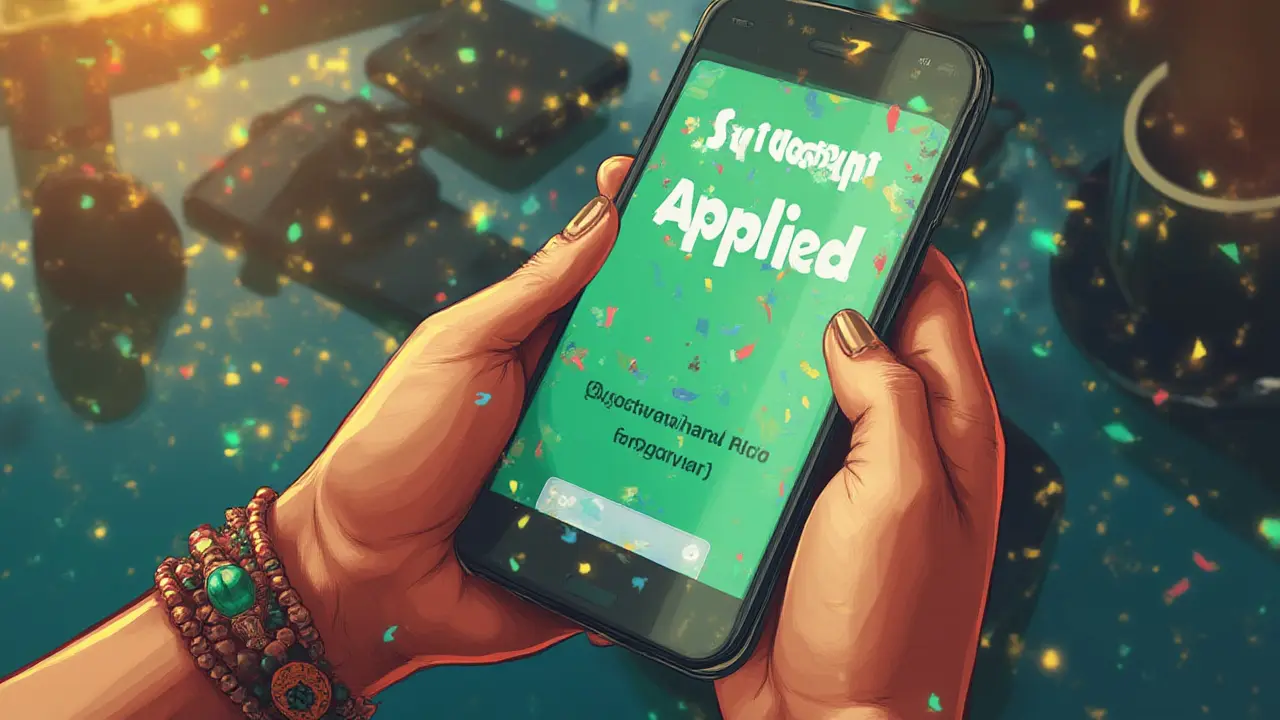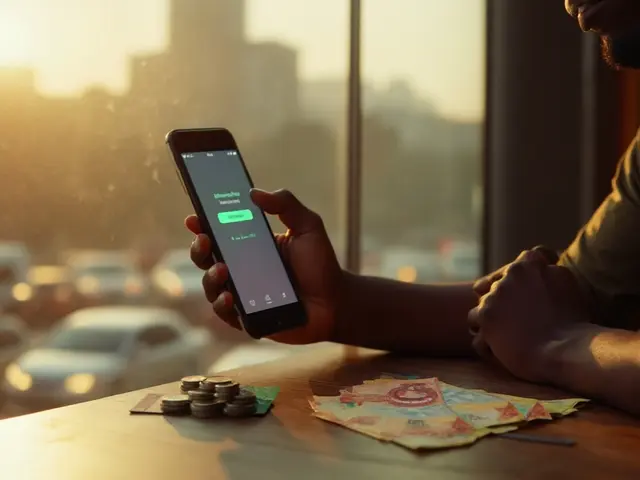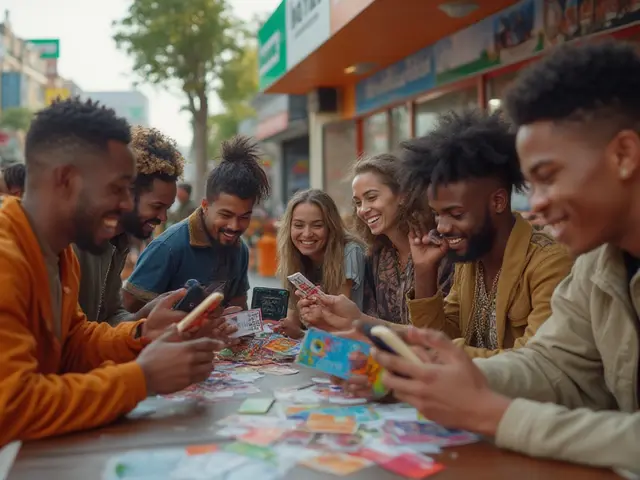You enter a promo code at checkout, hit apply, and then... nothing. No discount, just the sting of wasted time. You're not alone. Thousands chase online deals every day, and more than half end up frustrated by codes that just don’t work. Want to stop rolling the dice and start actually saving? Here’s what the pros do to track down promo codes that really work—plus, a few secrets stores wish you didn’t know.
Where Promo Codes Hide—and Why
It feels like brands almost taunt you with that little promo code box. But here’s the thing most people miss: not all promo codes are meant to be public. In 2024, more than 65% of codes were created for narrow use—think loyalty programs, email subscribers, or special campaigns. Stores rely on FOMO (“fear of missing out”) to nudge us toward signing up for reminders and newsletters. Some hide codes in plain sight, like banners on the homepage, while others stash them in abandoned cart emails.
If you know where codes hang out, you’ll find them faster. Official emails, retailer apps, and browser notifications are the biggest goldmines. Many stores also team up with influencers, giving them unique codes to share on YouTube or Instagram. Don’t forget the classic “Welcome” or “FIRSTORDER” trick—these generic codes are almost always valid for first-time shoppers. Then there’s the art of the Google search. Be specific—type something like “Nike 20% off July 2025 code” instead of just “Nike code.” That’s how you surface time-sensitive gems.
Mythbusting: Do Coupon Sites Really Work?
You’ve seen the ads: “80% off with this exclusive code!” But are the big sites—like RetailMeNot, Honey, or Coupons.com—actually reliable? Funny thing is, their business model relies on volume, not accuracy. In 2025, independent tests showed that only 12-18% of user-submitted codes on popular coupon sites were currently valid. Why so low? Codes expire fast, get replaced, or quietly move behind loyalty walls.
However, some browser extensions do the heavy lifting for you. Honey, for example, tests batches of codes in real-time when you go to checkout. That’s way faster than trying each one by hand. But don't rely blindly; even the sleekest tool can’t break through “invite-only” codes or exclusive offers sent to VIP customers. Also, some modern e-shops now detect these plug-ins and show fake ‘failed’ results just to discourage their use. Pretty sneaky.
If you’re tracking cashback as well as discounts, Rakuten (formerly Ebates) and TopCashback offer codes that stack savings, but only if you click through from their portals. Major hint: Always cross-check codes shown on these platforms with what’s sent directly to your inbox. Sometimes the exclusives are much better, and no public aggregator can show you your personalized offer.

Advanced Tactics: How Insiders Really Find Codes
Ever wonder how your deal-savvy friend always pays less? Truth is, most promo code power-users build a simple system. First, they create a “burner” email just for shopping, sign up for newsletters from favorite brands, and unsubscribe monthly from non-performers. This sidesteps inbox clutter while capturing the freshest codes. Second, they leverage social channels—Reddit threads like r/couponing or specific Discord servers swap codes in real-time, sometimes before deal sites even spot them.
Don’t underestimate live chat. Many retailers arm their support agents with “retention” codes meant for hesitant buyers. Hop into chat, ask about student, teacher, or first responder discounts—even if you don’t qualify—and see what pops up. On certain high-value sites like Apple or Adidas, simply leaving pricey items in your shopping cart will trigger a “We Miss You!” code sent to your email in a day or two. Timing is everything: Codes often drop near holidays, end-of-season sales, or when competition heats up.
Curious which stores have the deepest code culture? Here’s a quick look at brands with the highest promo code redemption rates last year:
| Retailer | % Orders with Promo Code |
|---|---|
| ASOS | 39% |
| Sephora | 42% |
| Overstock | 37% |
| Old Navy | 33% |
| Wayfair | 26% |
Common Pitfalls and the Future of Promo Codes
Even seasoned hunters hit snags. Many promo codes appear valid but are restricted by fine print: minimum spends, account type, or exclusions on popular brands. One study from 2023 found that over 44% of failed redemptions happened because shoppers didn’t meet the minimum basket value. Another classic mistake? Trying expired influencer codes—those are mostly withdrawn after a campaign ends or after a certain number of uses. Brands now use tech like single-use, personalized URLs or codes that vanish after one use to fight abuse.
Keep an eye out for new trends. More stores are pushing “gamified” rewards in their apps, asking you to spin a wheel for a random discount or unlock codes after posting a product review. Some brands are phasing out public promo codes altogether in favor of exclusive member pricing, which means loyalty pays off.
If you want a bulletproof routine, remember:
- Use multiple sources—don’t rely only on major coupon sites or browser extensions.
- Sign up for emails and check all folders, including spam. Special offers hide here.
- Get social—Reddit, Twitter, and Discord move faster than “official” channels.
- Test codes quickly and always copy-paste to avoid typos.
- Double-check stackability. Sometimes a sale item and a promo code can combine.
- Make a shopping list and wait—codes often drop right after you fill your cart but hesitate to check out.
Tech is making codes smarter and sneakier, but the basics haven’t changed: codes reward those who pay attention. Next time you see a code box, don’t just guess or grab the top result from a coupon site. Go a little deeper, and you’ll finally get that sweet discount to stick.








